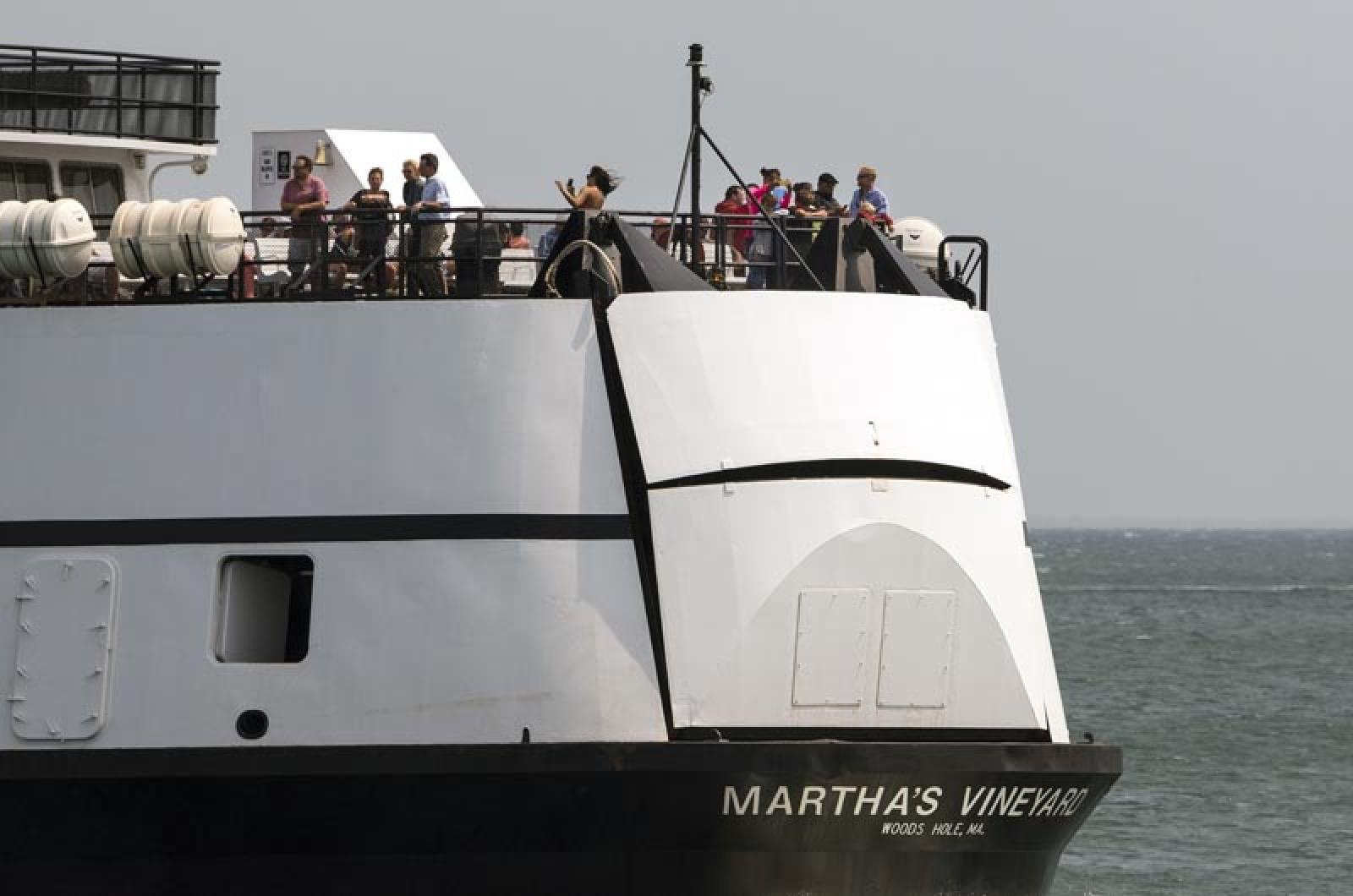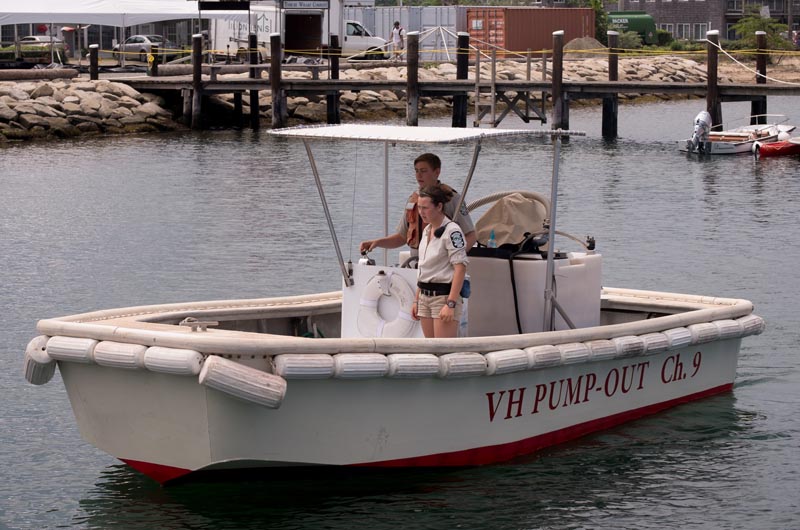The Environmental Protection Agency’s approval last week of a ban on wastewater discharge along the state coast was welcomed by Island towns and by the Steamship Authority, which had long anticipated the changes.
Amy Mahler, a spokeswoman for the Office of Coastal Zone Management, said state agencies have been working with towns and community groups for more than 20 years to “make sure that we have the infrastructure in place to really be able to commit to this designation.”
In 2007, the state’s no-discharge area included only 16 per cent of coastal waters, and Gov. Deval Patrick set a goal of expanding it to include the entire coast. Although Massachusetts is the last New England state to implement such a ban, more than 100 pumpout stations have already been installed in its harbors.
“Everybody has been putting in no-discharge areas,” said Edgartown harbor master Charlie Blair. “It’s been happening for a long time.”
Pumpout facilities along the coast are funded in part by the state’s Clean Vessel Act Program and by the federal Clean Water Act. Mr. Blair said that Edgartown has received federal funding for its facilities every year since 1996. “It doesn’t cover our cost of pumping out, but it covers the major share of it,” he said.
Harbors in Vineyard Haven, Oak Bluffs and Chilmark all have discharge facilities, he said, including pumpout boats, which collect wastewater free of charge. The wastewater is discharged into holding tanks and then pumped into town sewer systems.
The Steamship Authority has been preparing for the new ban for years. General manager Wayne Lamson said the boatline began meeting with representatives from the Department of Environmental Protection and from the EPA seven years ago to see “what it would take for the authority’s vessels to comply with the new regulations if they were implemented.”
The SSA began by installing pumpout facilities at its terminals on the Cape and Islands, and this year completed modifications to all nine of its ferries. Mr. Lamson said the $3 million cost of the upgrades was offset by a grant from the federal Ferry Boat Program.
For some 30 years prior to the changes, he said, SSA ferries operated with marine sanitation devices that treated wastewater before discharging it overboard. He said the devices removed about 98 per cent of bacteria from the water, and that the ferries only discharged in areas away from shore.
An area near Nantucket had already been designated as a no-discharge area, he said. “So we’ve had some familiarity with some areas that were already designated.”
Because the new system uses fresh water rather than sea water, the company has taken steps to lower its fresh water usage, including the installation of new fixtures and low-flow toilets. Mr. Lamson said the new system may cost around $100,000 each year, but it was too soon to know for sure.
Mr. Blair said recreational boaters tend not to retrofit their vessels, but marine architects are now designing new boats with more holding capacity. In the past, Mr. Blair said, a 35-foot sailboat might have a 15-gallon holding tank, which could fill up in a weekend. “Now they are holding a lot more, so it’s easier for the owner of the boat.”
He said state and federal initiatives such as the Clean Vessel Act have helped raise awareness of coastal water quality, so more boaters have been using pumpout facilities. His harbor handles about 20,000 gallons of wastewater every season.
The Cape and Islands Harbor Masters Association, which includes representatives from all five Island harbors, was among the groups that had pressured state officials to pursue the ban. “It wasn’t a hard sell,” Mr. Blair said, “but everybody banded together and said, ‘Hey, we ought to do this.’
“It was a no brainer for us. But we’ve waited a long time for it.”







Comments (1)
Comments
Comment policy »